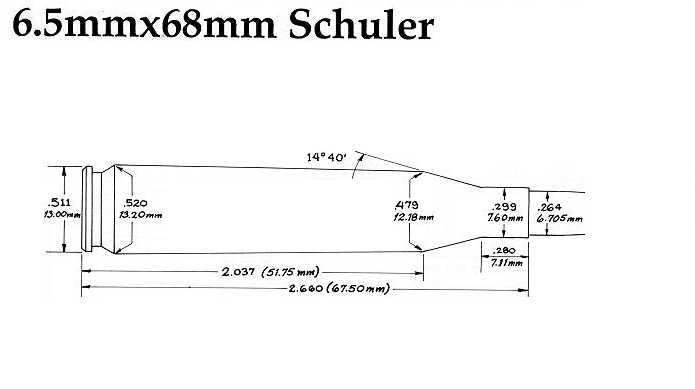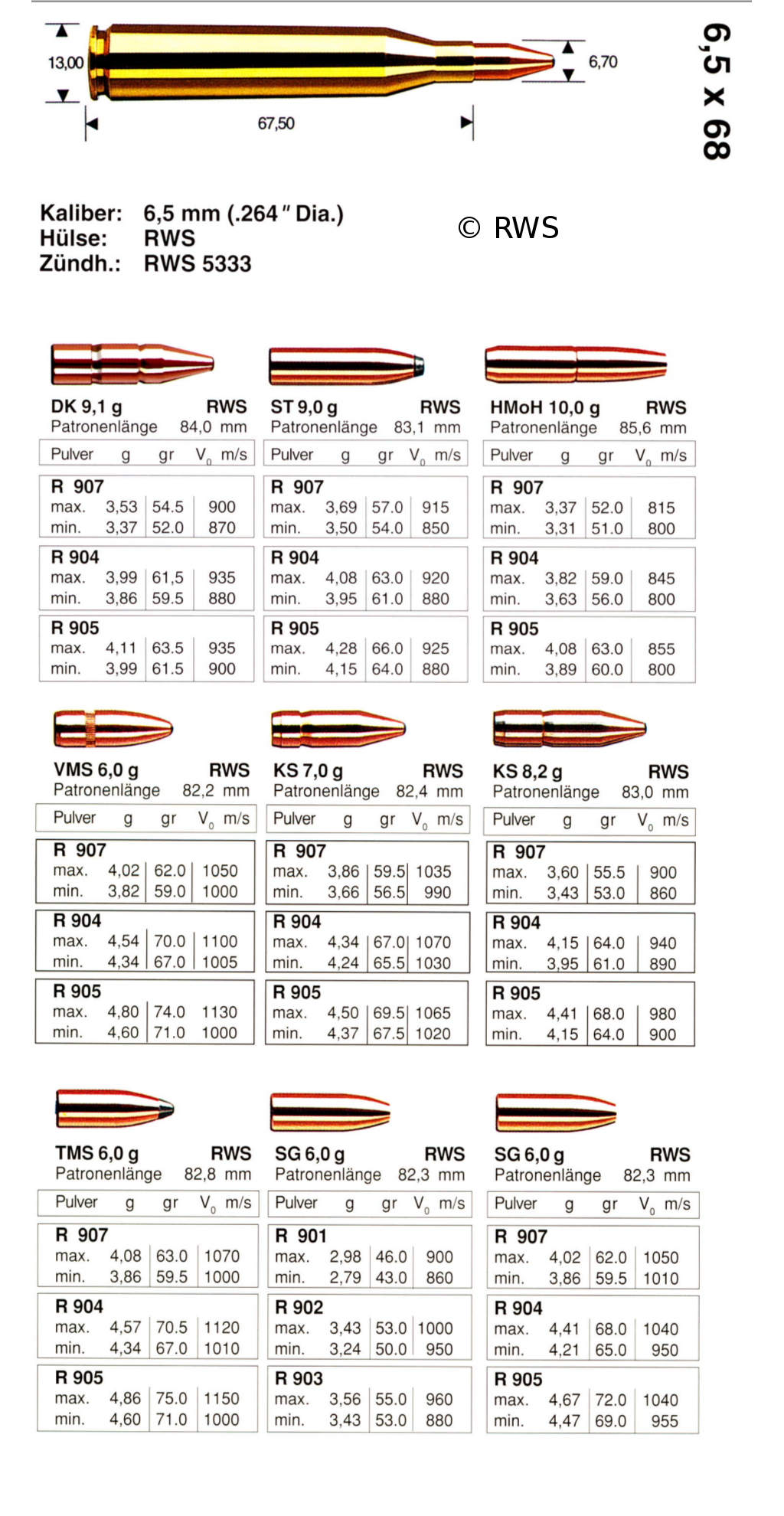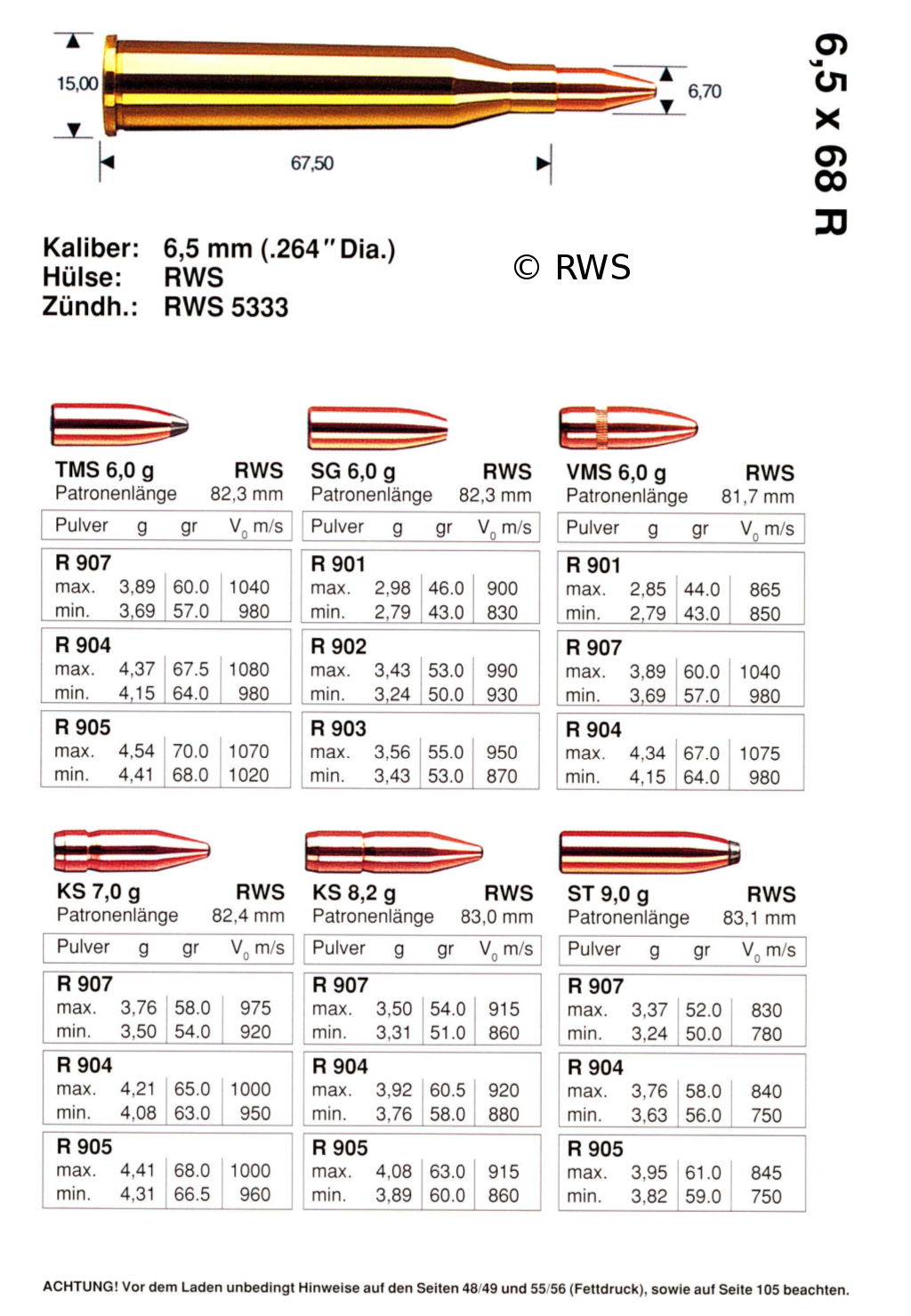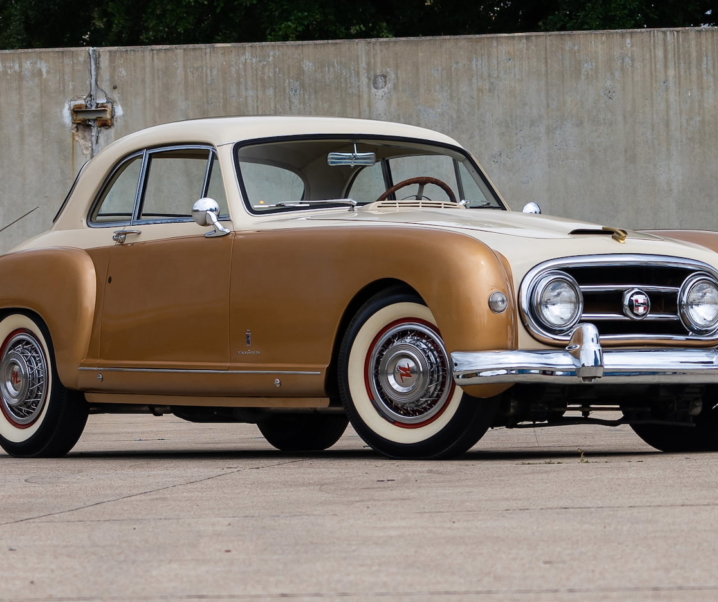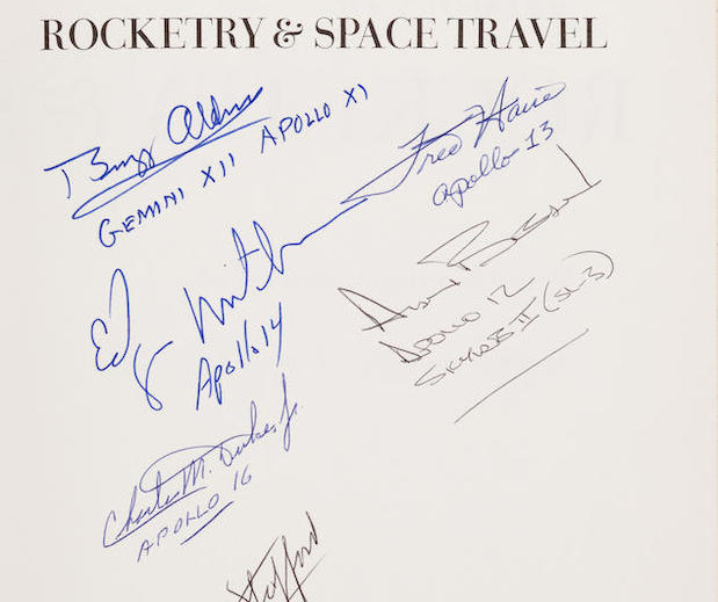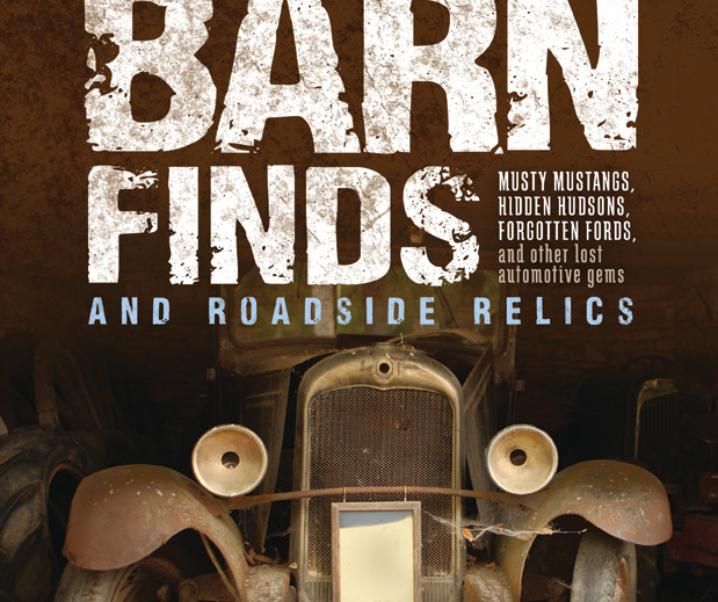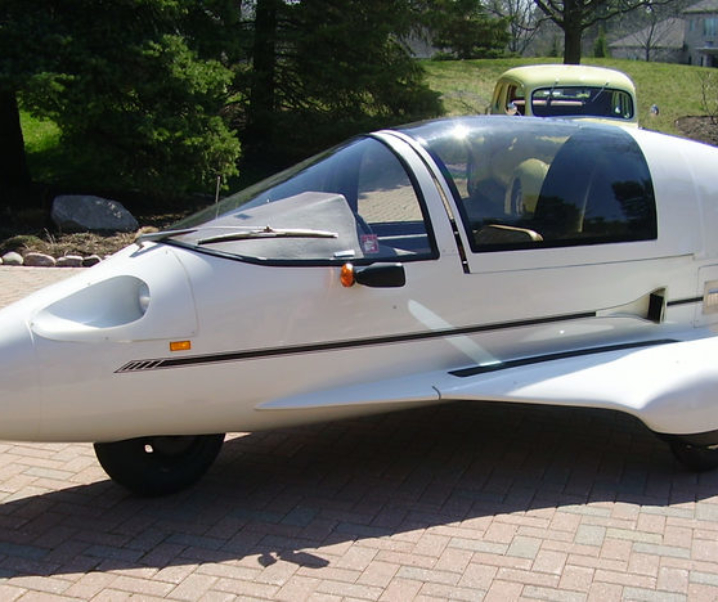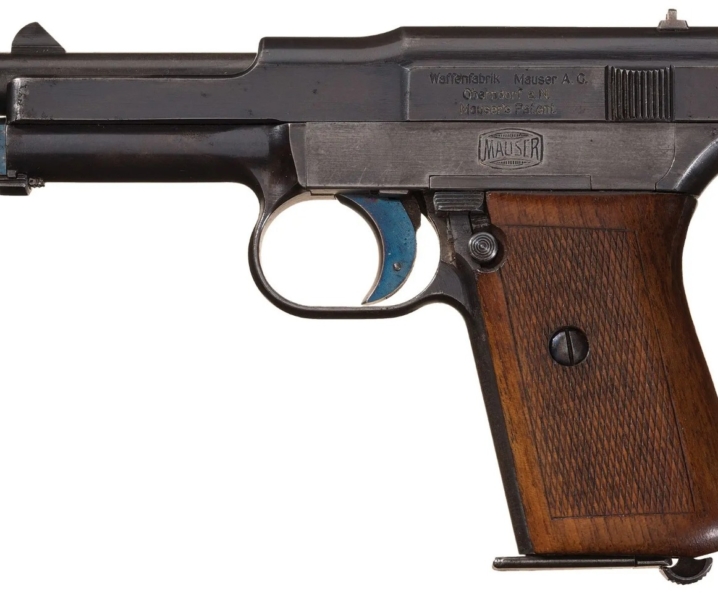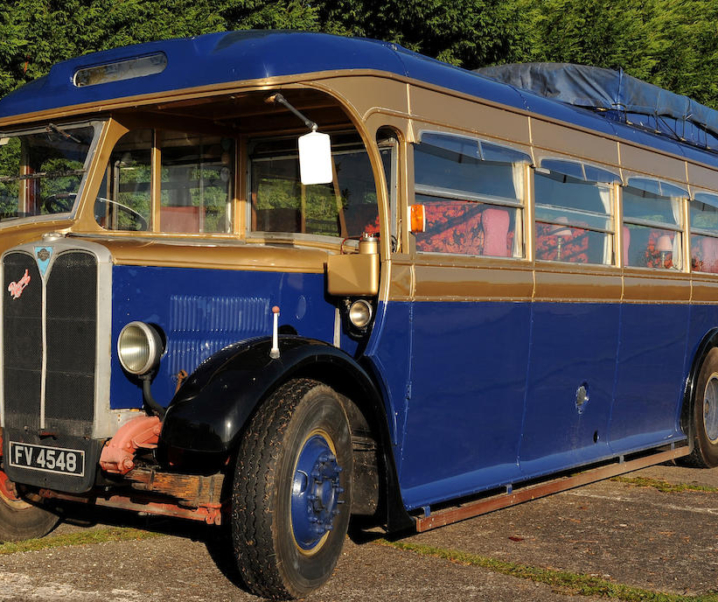(This post updated with reloading data from Hodgdon and Australia Defence Industries (see end of post) on 9th December 2015 and with data from RWS on 11th December 2015).
The 6.5×68 Schuler is one of the best and most flexible long range cartridges available. I had a Mannlicher-Schoenaur M72 rifle in this caliber and reloaded for it for fourteen years ultimately having to let it go as I was moving overseas and couldn’t take it with me. The cartridge is also sometimes known as the 6.5 Vom Hofe and 6.5×68 RWS.
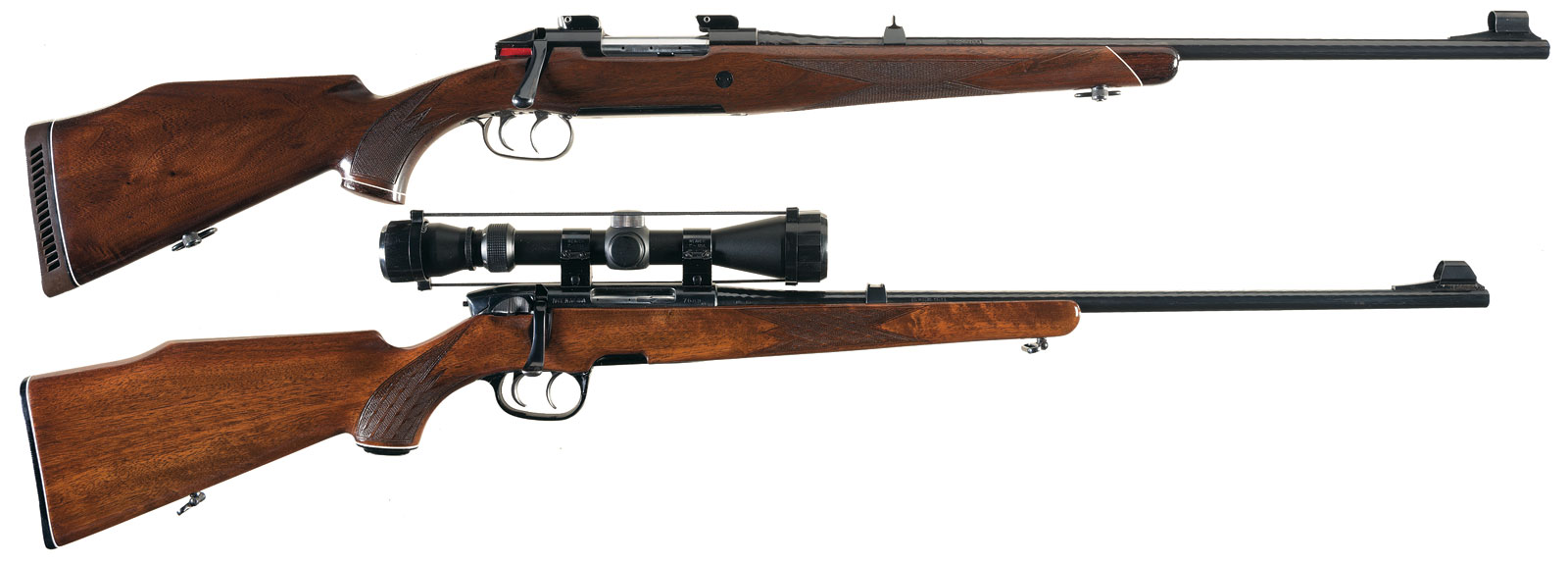
Interestingly I note that the Wikipedia page for this cartridge claims that it is sometimes incorrectly known as the 6.5×68 Schuler which I think is a bit odd. The cartridge was designed by a German gunsmith named August Schuler and first appears around 1939-1940. It was designed to provide a long range magnum class cartridge that could be used in standard Mauser 98 actions albeit with some modifications. The intended uses for the cartridge were from fox up to deer and the original factory loadings included three bullet types; a 93 grain jacketed soft point, a 93 grain full jacket, and a 123 grain jacketed soft point on which, as I recall, the exposed lead tip was indented into a semi-hollow point. I have only ever seen pictures of the 123 grain cartridge, I haven’t actually physically seen one much less have a batch of them to chronograph and test. Factory listed velocities at the time were over 3900 fps for the 93 grain bullets and over 3400 fps for the 123 grain. However, as these velocities were taken from a 75cm (30″) test barrel they are higher than can be obtained in a sporting rifle with the usual 65cm (25.5″) barrel. The old 93 grain “Teil Mantle” (soft point) and “Vol Mantle” (full jacket) I had both proved to be attractive to a magnet so both seemed to have plated steel jackets.

In the current RWS catalog only the 93 grain jacket soft point is still listed from the original loadings. The unusual 123 grain bullet has long since been replaced by a 127 grain “Kegelspitzer” (Cone Point). Listed velocities are somewhat lower than the original loadings partly because they are taken from a standard 65cm barrel and also partly because the pressures of the newer ammunition have been reduced a little. Original RWS Berdan primed factory ammunition I’ve seen was loaded to near maximum pressures and fired cases exhibited flattened, and sometimes slightly cratered primers.
The original three loadings each had an intended class of game for which it was designed. The 93 grain full jacket was intended for fox shooting; the intention being that the bullet would pass cleanly through the fox and not damage the pelt. The 93 grain soft point was designed for alpine Chamois and similar wild antelope and goats. The longest shot I have ever taken with this bullet on a game animal of this class was at 320 yards (paced out measure, so not accurately measured with a tape). The little 93 grain soft points would tend to disintegrate on impact but caused an instantaneous “electric shock” death. I always target the heart and lungs and, on dressing out the animal one would find the heart and much of the lungs reduced to pulp and amongst the pulp one would find small flecks of lead from the bullet. So these bullets performed really well. The 127 grain Cone Points were also reliable hunting bullets that would produce the same sort of “struck by lightning” effect on the game animal.

I only have practical experience shooting the 6.5×68 in one rifle, my own Mannlicher-Schoenauer M72. In fact I have only ever encountered two rifles in this caliber, the other was a single shot break action interestingly not chambered for the 6.5x68R rimmed version but for the rimless 6.5×68. So I can’t make generalizations about the accuracy of the cartridge except in my own rifle. In my rifle tuned handloaded ammunition would produce 0.7MOA groups or less, though not often under 0.5MOA. At the time I owned the Mannlicher I was shooting benchrest competition regularly so I could shoot from a benchrest quite well and was well used to tuning rifle and handloads. So I can say that the cartridge has the potential to shoot sub-MOA groupings. That being said the 6.5×68 is a high intensity cartridge that warms up a barrel really quickly. After the third shot the barrel is too hot to touch. So, when group shooting, it is important to use very slow fire. By slow fire I mean fire a shot, have a sip of tea or coffee, perhaps start your Havana cigar, read a bit more of Tolstoy’s “War and Peace” etc. In other words leave a few minutes between shots to keep that barrel cool. My 6.5×68 would shoot up to three shots into a tight group if you “machine gun” them, but not four. To get a good five shot group required patience, plus tea, and a Cuban cigar etc. Cleaning interval for this cartridge is 15 rounds. Metal fouling of the barrel is heavy and cleaning with Sweets 7.62 solvent and a bronze brush is recommended. Hoppes will do but is not as good as Sweets for this one. Sweets has the disadvantage that it absolutely stinks of ammonia, but it consequently loves copper and will dissolve copper fouling wonderfully. It does rather spoil the aroma of your Havana cigar however. Sweets also loves to dissolve nickel, so don’t use it on your nickel plated prize revolver or automatic pistol as it may become a cause of much wailing and gnashing of teeth.
When I first obtained my Mannlicher-Schoenauer M72 in 6.5×68 it was not possible to get either loaded ammunition or empty cases for it. So initially I was stuck with a rifle with no ammunition situation which, I promise you, is more miserable than the proverbial “Pub with no beer”. For those not familiar with the song “The Pub with No Beer” or the Australian outback singer Slim Dusty here it is.
[youtube id=”8E0aZ387M_I”]
So, trust me about this, there is something more “lonesome, morbid and drear than to stand in the bar room of a pub with no beer”; and that is to be standing in your gun room with a rifle with no cartridges, and no immediate hope of finding any.
A solution had to be found and by crikey I was going to find it. In my modest rifle and pistol reference book collection I had the four books of the essential trilogy. These are “The Home Guide to Cartridge Conversions” by Major George Nonte, “Cartridges of the World” by Frank Barnes, and P.O. Ackley’s “Handbook for Shooters and Reloaders” Volumes I and II. A solution was indeed found. I learned that 6.5×68 cartridge cases could be made from 300 Holland and Holland Magnum cases. The process requires lathe turning down the belt of the 300H&H case until it is correct for the 6.5×68. The rim also needs to be reduced to 0.511″. The case is then partially full length sized in a 6.5×68 die, but one must only resize enough to make the case a gentle crush fit in the chamber. This typically means partially full length resizing and trimming one case to just under 67.5mm length, and check it in the rifle. Then adjust the sizing die in a bit and do another and check it until you have adjusted your die for that comfortable crush fit. Reloading data was non-existent but the books suggested using 264 Winchester Magnum data as a starting point so, for fire forming I did exactly that. Starting with a modest listed 264 Winchester Magnum load using IMR4350 and 140 grain Sierra SPBT seated to allow 2mm of free movement before it contacted the rifling I loaded and fired one. It fire formed nicely with no adverse pressure signs so I then loaded the rest and fire formed the batch of 40 cases. After fire forming check your cases for length, they will probably tend to shorten but you want to be sure to keep them trimmed to the correct trim length. The case capacity of the newly fire formed cases was indeed a bit larger than a 264 Winchester Magnum. This meant that in working up loads a bit more powder was needed to produce an equivalent velocity, watching for the initial high pressure signs of primer flattening, and then the red line signs of cratering. Most importantly watching for signs of case head expansion. Watching the primers for pressure signs and for the visible pressure signs of shaving of the case head is necessary, but watching for case head expansion is essential and requires a vernier micrometer as expansion of two tenths of a thousandth of an inch is significant. On these home converted cases the residual belt remained visible with the case body expanding just ahead of the belt as the books said they would. At the belt the case is already solid brass so this is not an issue.
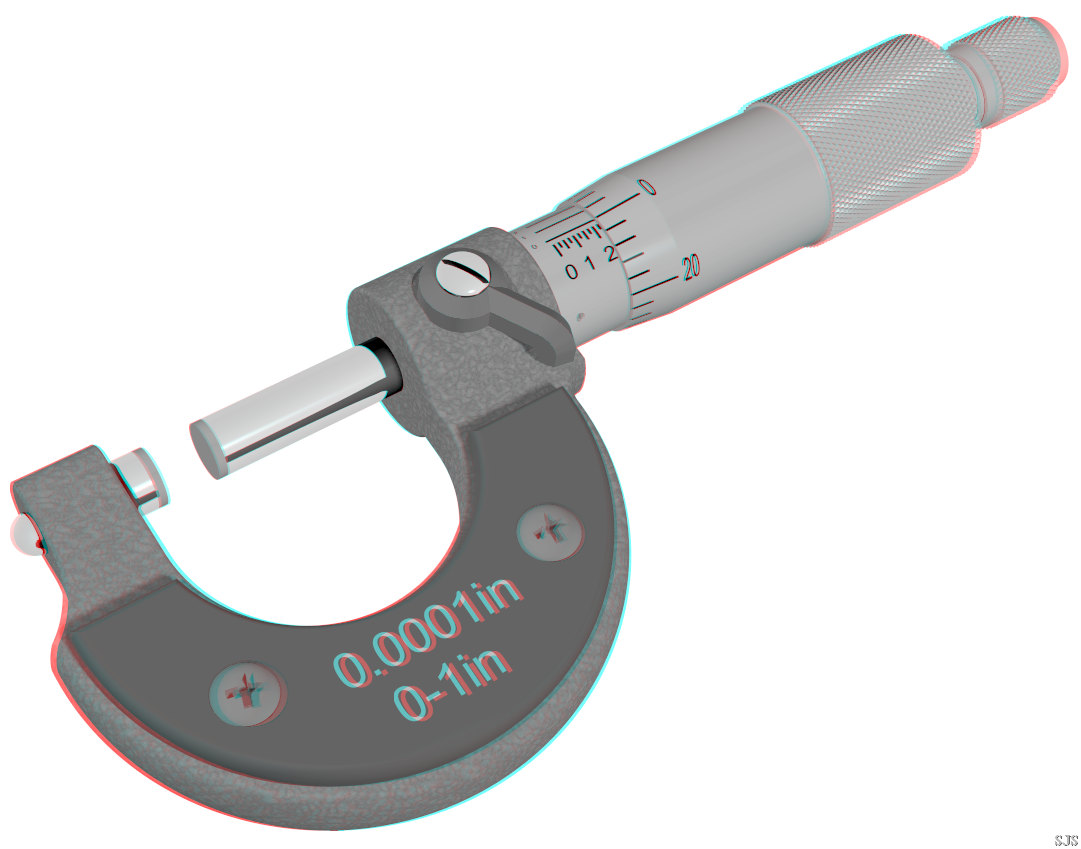
I used those forty home created cases for a while and then, quite unexpectedly was presented with eighty genuine RWS 6.5×68 cases. The only downside to this, and the reason I was probably given them, was that they were the old style cases that needed Berdan primers. Not only did they need Berdan primers, but the size was unique to the 6.5×68 and 8×68, the diameter was .238″. Where on earth was I going to get them from? Answer: from “Dangerous Dave the Old Western Scrounger“. Sure enough he had them, and they were affordable, and pretty soon I had four boxes of 150 per box.

All that was needed was a Lachmiller tool for de-capping and a bit of home modification of my bench priming tool to fit the .238″ diameter primers, and provide a positive adjustable stop as Berdan primers cannot be seated by feel in the way Boxer primers can.
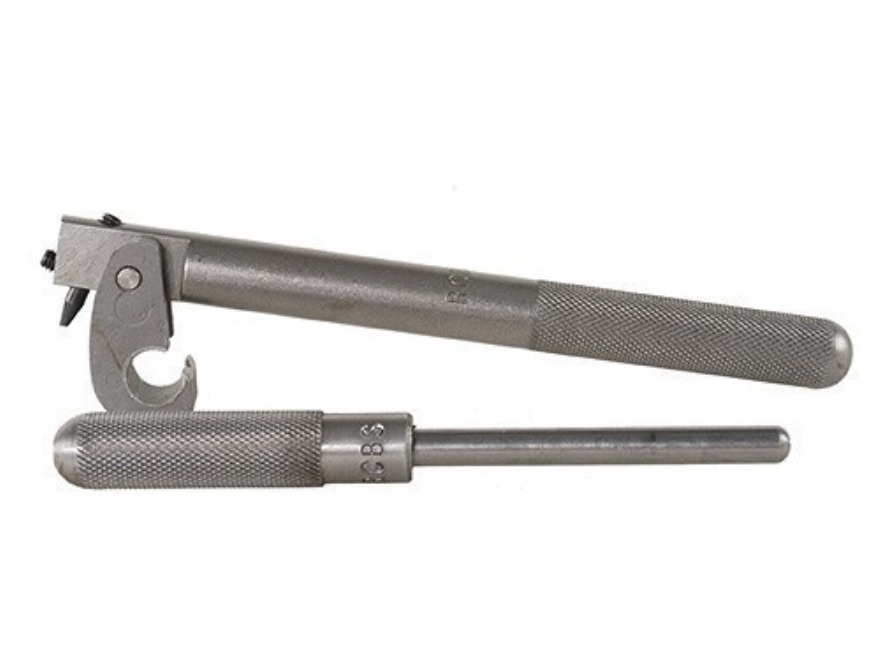
Case capacity of these factory cases was a bit more than a 264 Winchester Magnum but less than my custom cases made from 300 Holland and Holland brass. It was around this time that I finished experimenting with different bullets. I had tried both the 93grain RWS bullets, the 120grain Speer, 127grain RWS, the 140grain Sierra and the 140grain Nosler Partition. The 1 in 11″ twist of the 6.5×68 rifling would happily stabilize up to 140 grain Spitzer Boat Tail bullets but not over that. I tried it with 156grain Norma round nose and had bullets chirpily flying through the target sideways. So 140grain is the maximum. I settled on the 140grain Sierra Spitzer Boat Tail as the best bullet for the rifle. Accuracy was 0.7MOA or better, it chronographed at 3090fps average, and its resistance to wind deflection was really good. Above all though its performance on game was simply unbeatable. The 140grain Sierras would commonly shed their jacket on entry of the animal and it was common to find it in the entry wound. The bullet would however deliver its energy completely into the animal and leave a fist size exit wound. I know there may be some who will talk about text book bullet performance and express concern at the notion that a bullet might shed its jacket. I also tried this cartridge with 140 grain Nosler Partitions. They produced “text book” performance – but didn’t produce the sort of “struck by lightning” kills that the Sierra did. It was also during this time that I made the move from IMR4831 to IMR7828. Once I’d discovered IMR7828 I went and bought a few cans of the same batch to make sure I didn’t run out in a hurry. With the 140grain Sierras this was the powder of choice.
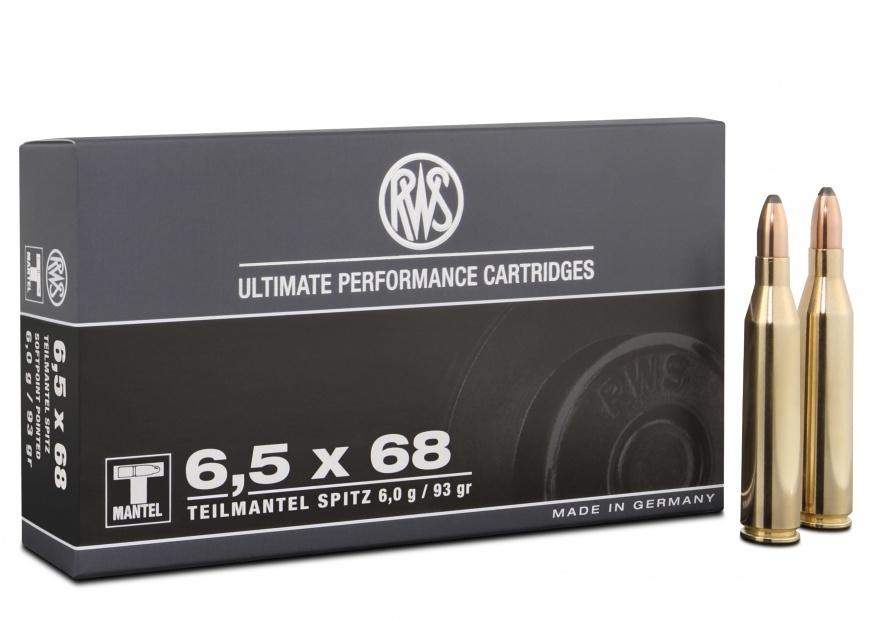
Finally, after shooting the rifle for a period of years I managed to buy 100 RWS factory cartridges loaded with the 127grain Cone Points. These were to become my source of reloadable cases for the next few years. These RWS Boxer primed cases were about the same in capacity as a 264 Winchester Magnum. This required working up loads all over again. Listed 264 Winchester Magnum loading data used magnum primers such as the Remington 9 1/2M and they seemed quite aggressive compared to the RWS Berdan. So I tried using standard Remington 9 1/2 large rifle primers and they seemed to produce the same sort of results as the RWS Berdan. So I stuck with those. Accuracy was better and powder charges could be made a little higher. The 6.5×68 is not a 378 Weatherby Magnum and I don’t think “magnum” primers are needed for its case capacity.
If you are planning to reload for a 6.5×68 it would be best to start with a batch of factory ammunition to get your initial supply of cases. If you have factory ammunition you have a chance to observe how it looks when fired in your rifle. Beg borrow or scrounge a 264 Winchester Magnum case and check its case capacity against your new RWS brass. If you can’t find useful reloading information then, once you know whether or not your cases are of the same or almost the same capacity you can then use 264 Winchester Magnum reloading data as your guideline. This is not something to attempt unless you are an advanced reloader and really understand the process of working up loads for a high intensity rifle cartridge.
There are some traps for young players. Make sure you pay attention to all of the following:-
- You must eliminate case and bullet related possible causes of over pressure. For the 6.5×68 be especially careful to neck ream your cases. The shallow 14.4 degree shoulder of the case tends to allow brass to flow forward and cause thickening around the case neck, especially at the junction of the shoulder and case neck. Such thickening can lead to an over pressure situation.
- Make sure you trim your cases below the 67.5mm maximum overall length. Check after neck expansion and make sure they have not been stretched over that.
- Some European rifles, such as my Mannlicher-Schoenauer M72 are front locking actions but many European rifles are rear locking. Rear locking actions have a reputation of allowing more case stretch. Front locking actions are a better choice for a reloader. If you are loading for a rear locking action or a single shot action you need to be really cautious in working up a safe loading. With a front locking action you need to be really careful. With a rear locking or single shot action perhaps paranoid is better than cautious.
- It is essential to leave about 2mm free movement of the bullet before it contacts the rifling. Watch the following two videos so you know how to do this and get some background into advanced reloading.
[youtube id=”NUnrYp0NH38″]
[youtube id=”Igse-APgpEc”]
The 6.5×68 is an absolutely fabulous cartridge to shoot and to load for. Recoil for my Mannlicher-Schoenauer M72 with the 140grain Sierra bullets was around 20ft/lb and comfortable. Muzzle blast is on the sharp side but not like a 300 Magnum. In fact my Mannlicher was fitted with a 3-12x56mm Nickel Supra scope that only had 60mm of eye relief at 12x. but it never came back so hard as to bounce off my Ray Bans. It’s a shame the cartridge isn’t more popular. It’s one of the shooting sports nicest un-discovered treasures.
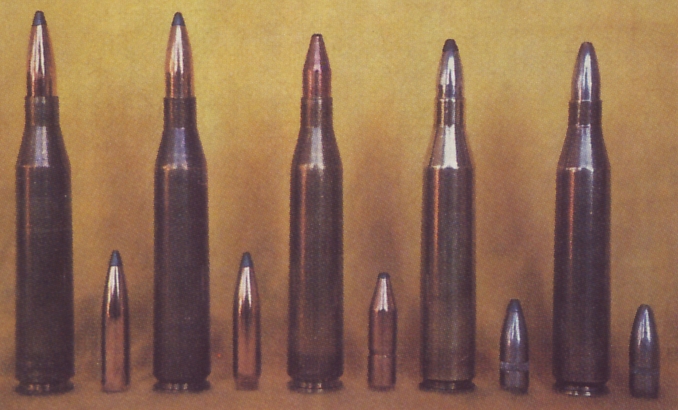
Reloading Data:
Hodgdon publish reloading data for the 6.5x68mm and some other popular European cartridges including the 8x68mm. The reloading data was developed by Australia Defence Industries.
You will find the reloading data if you click here.
Australia Defence Industries manufacture powder and publish reloading data using their powders for the 6.5x68mm (and the 8x68Smm).
You will find the reloading data if you click here.
RWS provide load data for the 6.5×68 and 6.5x68R in their reloading manual. The manual is in German and the load data provides powder charges in both metric measures in grams and American measures in grains. Load data taken from the RWS manual uses RWS Rottweil powders. The data is reproduced below with kind permission from RWS.
(Please note: Neither RWS nor Revivaler.com take any responsibility for the use of the following data.)

Jon Branch is the founder and senior editor of Revivaler and has written a significant number of articles for various publications including official Buying Guides for eBay, classic car articles for Hagerty, magazine articles for both the Australian Shooters Journal and the Australian Shooter, and he’s a long time contributor to Silodrome.
Jon has done radio, television, magazine and newspaper interviews on various issues, and has traveled extensively, having lived in Britain, Australia, China and Hong Kong. His travels have taken him to Indonesia, Israel, Italy, Japan and a number of other countries. He has studied the Japanese sword arts and has a long history of involvement in the shooting sports, which has included authoring submissions to government on various firearms related issues and assisting in the design and establishment of shooting ranges.

